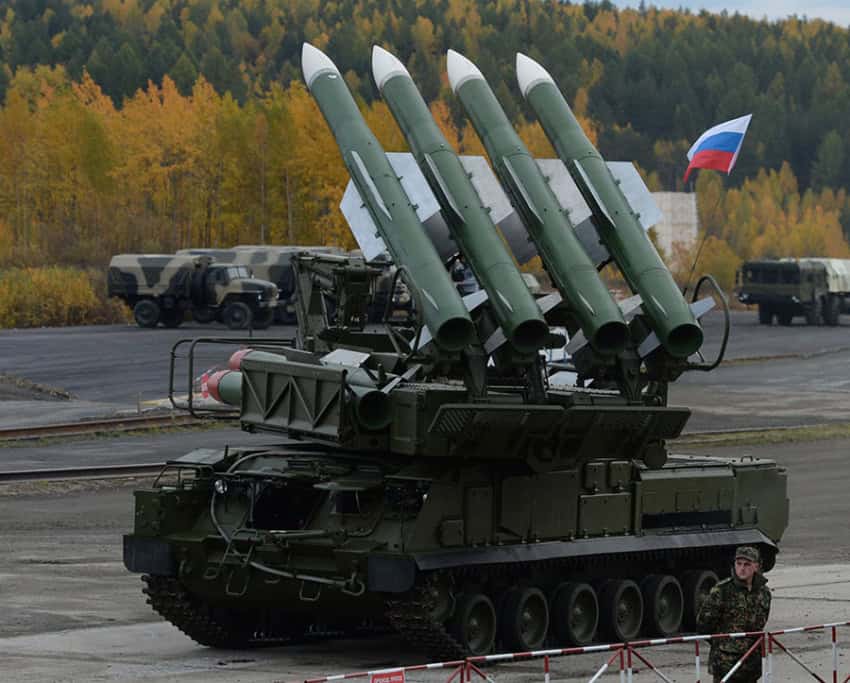MOSCOW – With the US and Russia engaged in a public row over the consequences of a possible American attack against Syria, the capabilities that Moscow has to respond to it are a major question.
Washington threatened military action against the Syrian government in response to an alleged chemical weapons attack in Douma, which incidentally happened exactly a year after the first such America raid against Syria. In April 2017, President Donald Trump was apparently satisfied with a largely symbolic pounding of a Syrian airbase with dozens of Tomahawk missiles.

The current situation appears much tenser, with Russia openly threatening to directly oppose an American attack on Syrian soil. Russia’s determination may be questioned, considering its record of not opposing Israeli raids in Syria, but its capabilities to resist the attack are not in dispute.
Russian troops have two primary sites in Syria, the Khmeimim airbase near the northern port city of Latakia, and the naval facility in Tartus in the northern part of the Syrian coast. Both locations are covered by long-range surface-to-air missiles, including S-400 systems deployed near Khmeimim and S-300VM ones defending Tartus. Both systems have a reported range of up to 400km, depending on the missile used, and are considered among the world’s best long-range anti-missile systems currently in service.

Complementing those interceptors are shorter-range systems, including the middle-range Buk-M2 and the short-range Pantsir S1. The systems are meant to project layers upon layers of anti-access/area denial coverage, defending a strategic site from any threat, from small armed drones and low-flying aircraft to tactical ballistic missiles.
The presumed weak spot of Russian long-range air defense systems is target acquisition, which requires additional radar coverage. In Syria, it is unlikely to be a problem, however, considering Russia’s use of its counterpart to AWACS, the A-50 airborne radar, and reports that its air defenses have been integrated with older Soviet assets used by the Syrian troops.

The US may try to overwhelm the Russian systems with a barrage of missiles, but the efficiency of the strike will still be significantly reduced.














